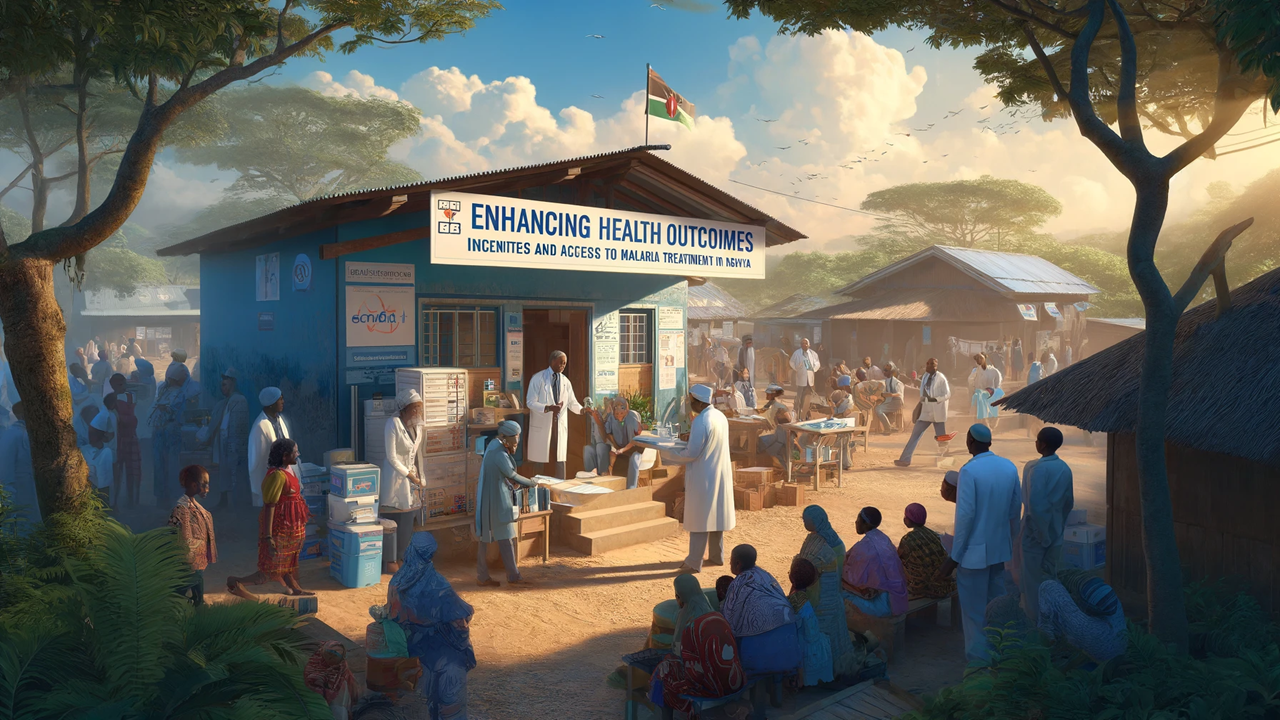Enhancing Health Outcomes: Incentives and Access to Malaria Treatment in Kenya
This article discusses how Kenya is improving access to malaria treatment through patient subsidies and pharmacy incentives, which encourage the use of diagnostic tests and quality antimalarials. These initiatives are crucial for effective disease management and could serve as a model for similar health challenges globally.

Healthcare systems across the globe grapple with the challenge of ensuring that lifesaving medications and diagnostic tests are not only available but also accessible to those in need. In Kenya, innovative approaches such as patient subsidies and pharmacy incentives are making significant strides in increasing the use of quality antimalarials, crucial for battling the high prevalence of malaria. "Enhancing Health Outcomes: Incentives and Access to Malaria Treatment in Kenya" explores these strategies and their impact on disease management.
Context and Need for Intervention
Malaria remains a major public health issue in Kenya, with significant portions of the population at risk. The traditional barriers to effective malaria control include the availability of diagnostic testing and the use of substandard or counterfeit antimalarial drugs. Addressing these challenges requires innovative healthcare solutions that encourage the adoption of effective and high-quality treatments.
Patient Subsidies
One of the key interventions has been the implementation of patient subsidies. These subsidies are designed to lower the cost barrier for patients, making it more feasible for them to afford necessary tests and medications. By reducing the financial burden, more individuals are inclined to seek diagnosis and treatment early, which is crucial in managing malaria effectively.
Pharmacy Incentives
Alongside subsidies for patients, incentives for pharmacies have also been introduced. These incentives encourage pharmacies to stock and sell high-quality antimalarial drugs. Such measures not only ensure the availability of effective medications but also discourage the sale of inferior products. Pharmacies benefit from these incentives by aligning their business practices with public health goals, creating a win-win situation for both health outcomes and business viability.
Impact on Diagnostic Testing
The dual approach of patient subsidies and pharmacy incentives has shown a positive impact on the use of diagnostic testing. By making testing more affordable and accessible, these interventions help to ensure that malaria is accurately diagnosed before treatment is given. This not only improves treatment outcomes but also aids in the proper use of antimalarials, thereby reducing the risk of drug resistance developing.
Enhancing Quality of Antimalarials
Another critical aspect of these interventions is their role in enhancing the quality of antimalarials consumed. High-quality antimalarials significantly improve patient outcomes and reduce the prevalence of treatment failures. By incentivizing pharmacies to stock effective medications and making them affordable to the patient population, Kenya is setting a standard for other malaria-endemic regions to follow.
Challenges and Future Directions
Despite the success of these initiatives, challenges remain. Ensuring consistent funding for subsidies, combating the sale of counterfeit drugs, and expanding the program to cover all at-risk areas are ongoing needs. Future efforts must also focus on increasing public awareness about the importance of seeking prompt medical care for malaria symptoms.
Conclusion
The use of patient subsidies and pharmacy incentives in Kenya represents a promising approach to improving healthcare access and disease management in the fight against malaria. These strategies have not only increased the uptake of quality diagnostic testing and treatments but have also set a benchmark for other regions struggling with similar health crises. As this program evolves, it could potentially serve as a model for global health initiatives aimed at eradicating malaria and other infectious diseases.










